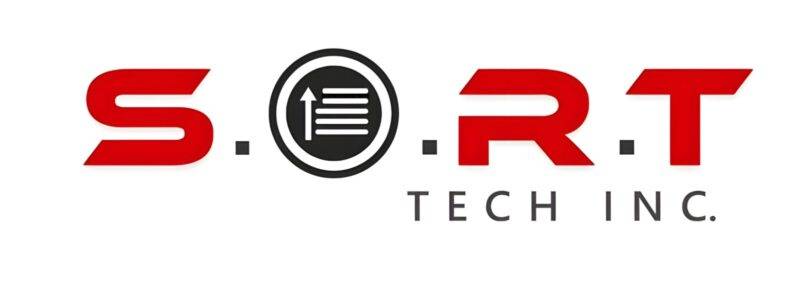The transportation industry is the lifeblood of Canada’s economy, facilitating the movement of goods and connecting businesses across the vast expanse of the country. For individuals or companies looking to join this dynamic sector, acquiring a Safety Fitness Certificate (SFC), the Canadian equivalent of the US MC number, is an essential step. In this comprehensive guide, we explore the process of obtaining an SFC in Canada, shedding light on the intricacies and requirements involved.
Understanding the Significance of an SFC:
The Safety Fitness Certificate (SFC) is a testament to a carrier’s commitment to safety and compliance within the Canadian transportation landscape. It serves as a seal of approval, indicating that a carrier adheres to established regulations, safety practices, and operational standards.
Also Read – The Top Players: Exploring the Largest Trucking Companies in the US
Identifying Your Jurisdiction:
Canada is divided into provinces and territories, each with its own transportation authority responsible for issuing SFCs. Determine the appropriate jurisdiction based on where your commercial vehicles will be operating.
Business Registration:
Before embarking on the SFC application process, ensure your business is registered with the appropriate provincial or territorial authority. This may involve obtaining a business license, registering your business name, and fulfilling any other relevant legal requirements.
Also Read – Exploring the Top Semi Truck Brands: A Comprehensive Guide
Gathering Application Materials:
Contact the transportation authority in your chosen jurisdiction to obtain the necessary application forms for an SFC. These forms will typically require detailed information about your business, vehicles, drivers, and safety procedures.
Vehicle Inspections:
Safety is paramount in the transportation industry. Your vehicles will likely need to undergo safety inspections to ensure they meet required standards. These inspections may encompass aspects such as equipment functionality, maintenance records, and overall vehicle condition.
Driver Qualifications:
Ensure that your drivers possess the required qualifications, including appropriate licensing and compliance with hours-of-service regulations. A driver with a clean safety record can positively influence your application.
Insurance Coverage:
Commercial vehicle insurance is a necessity for carriers. Obtain the necessary insurance coverage as mandated by the province or territory where you intend to operate.
Safety Audit:
Certain jurisdictions may require a safety audit as part of the SFC application process. During the audit, transportation authorities will assess your business’s safety management practices, vehicle maintenance procedures, and compliance with regulations.
Fees and Payments:
There are fees associated with obtaining an SFC. Ensure you pay the required fees as specified by the transportation authority. Keep track of payment deadlines and budget accordingly.
Awaiting Approval:
Once you’ve submitted your application, completed inspections, and satisfied all requirements, await approval from the transportation authority. The review process may take some time, so exercise patience.
Renewal and Ongoing Compliance:
SFCs typically require renewal on an annual basis. Stay proactive by keeping track of renewal dates, submitting required documentation, and paying renewal fees promptly. Continued adherence to safety regulations is vital to maintaining your SFC.
Conclusion:
Obtaining a Safety Fitness Certificate in Canada is a critical step for any business or individual seeking to thrive in the transportation industry. This certification not only reflects your dedication to safety and compliance but also opens doors to opportunities within the vibrant Canadian economy. By navigating the application process, ensuring vehicle and driver readiness, and embracing a commitment to safety, you’ll be well on your way to securing your place on Canada’s roads and highways.





